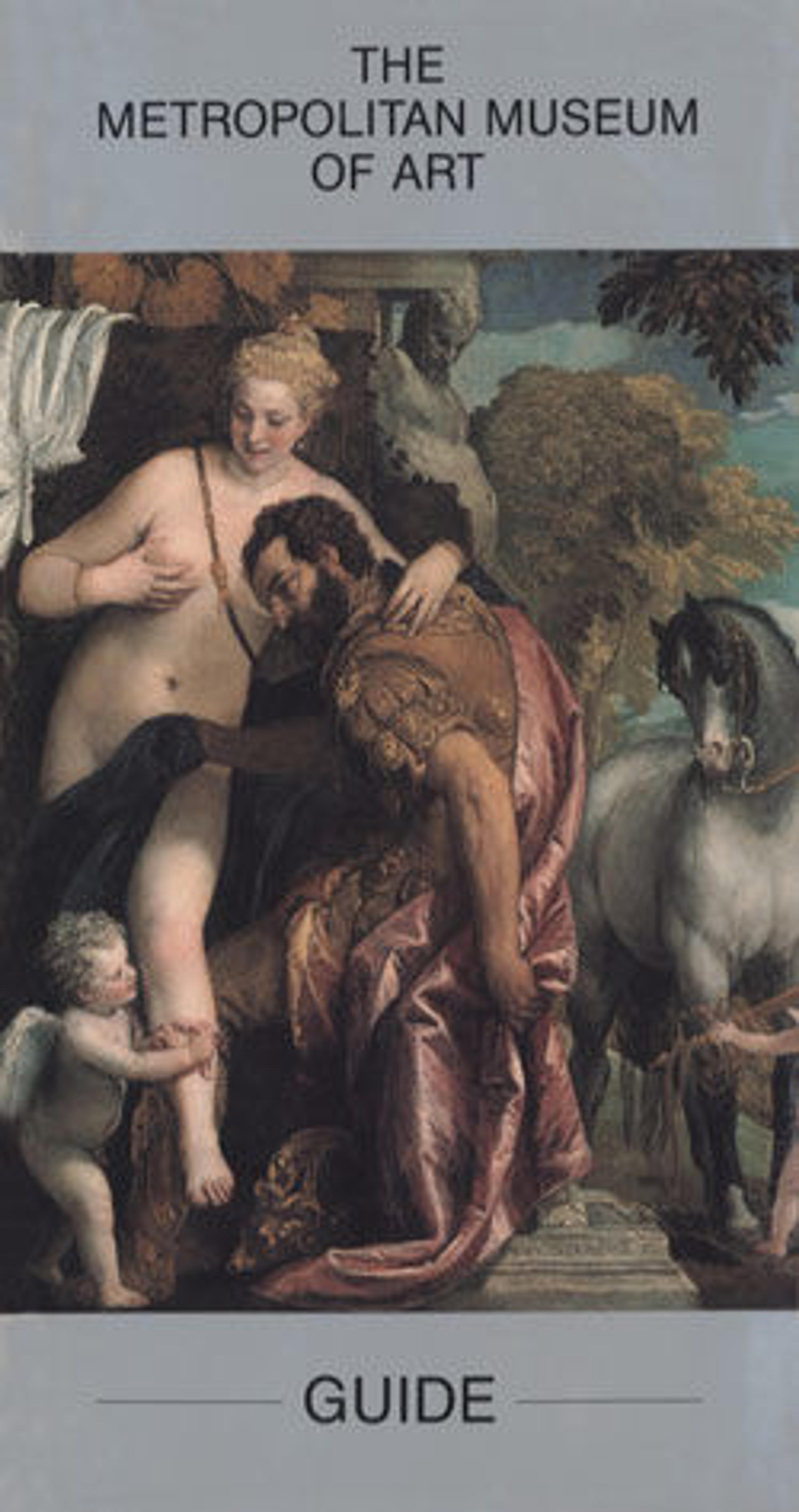Sword Guard (Tsuba)
Tsuba were originally utilitarian fittings, made to protect the hand from the cuts of an opponent's sword. From the sixteenth century onward, however, more decorative tsuba became the specialty of some craftsmen. By the nineteenth century, when this tsuba was made, there were many well-defined schools and styles of tsuba making. Tsuba were interchangeable and were often made as part of sets of matching sword fittings, which could be mounted with blades of various types and dates. This tsuba features a design of bamboo amid rocks.
Artwork Details
- Title:Sword Guard (Tsuba)
- Fittings maker:Inscribed by Ishiguro Masayoshi (Japanese, 1772–after 1851)
- Date:19th century
- Culture:Japanese
- Medium:Copper-gold alloy (shakudō), gold, copper-silver alloy (shibuichi), copper
- Dimensions:H. 2 7/8 in. (7.3 cm); W. 2 5/8 in. (6.7 cm); thickness 5/16 in. (0.8 cm); Wt. 5.4 oz. (153.1 g)
- Classification:Sword Furniture-Tsuba
- Credit Line:The Howard Mansfield Collection, Gift of Howard Mansfield, 1936
- Object Number:36.120.79
- Curatorial Department: Arms and Armor
More Artwork
Research Resources
The Met provides unparalleled resources for research and welcomes an international community of students and scholars. The Met's Open Access API is where creators and researchers can connect to the The Met collection. Open Access data and public domain images are available for unrestricted commercial and noncommercial use without permission or fee.
To request images under copyright and other restrictions, please use this Image Request form.
Feedback
We continue to research and examine historical and cultural context for objects in The Met collection. If you have comments or questions about this object record, please contact us using the form below. The Museum looks forward to receiving your comments.
